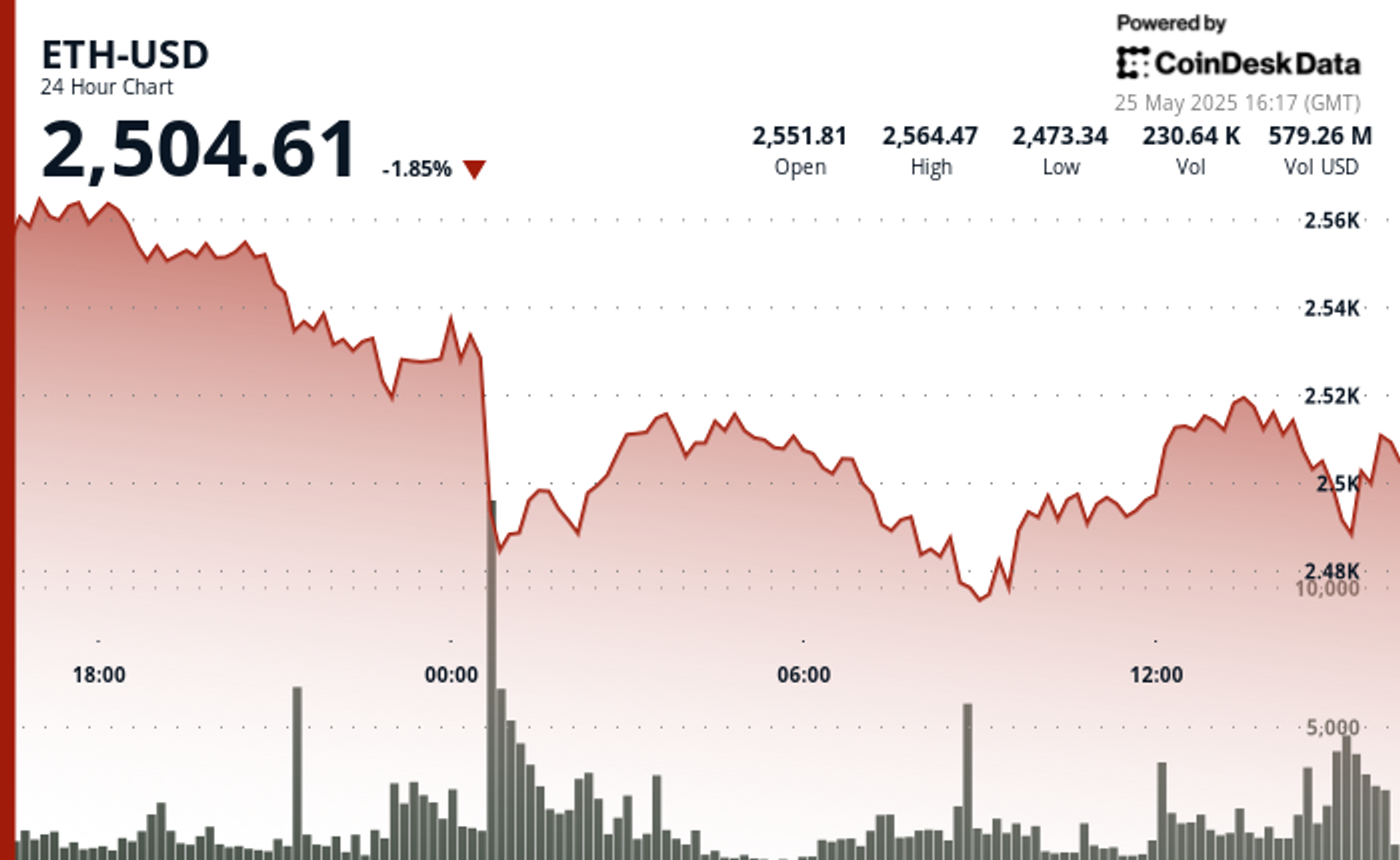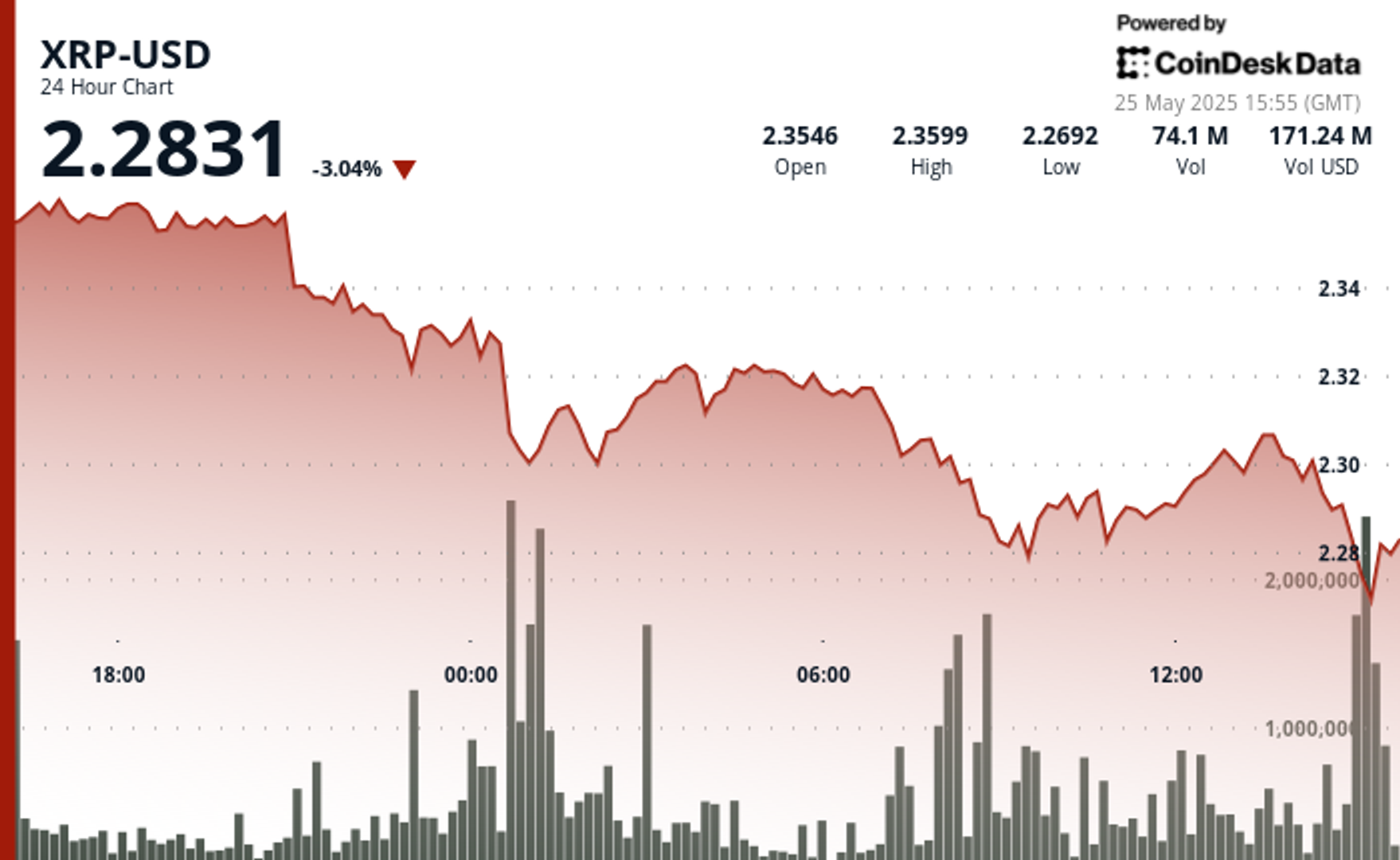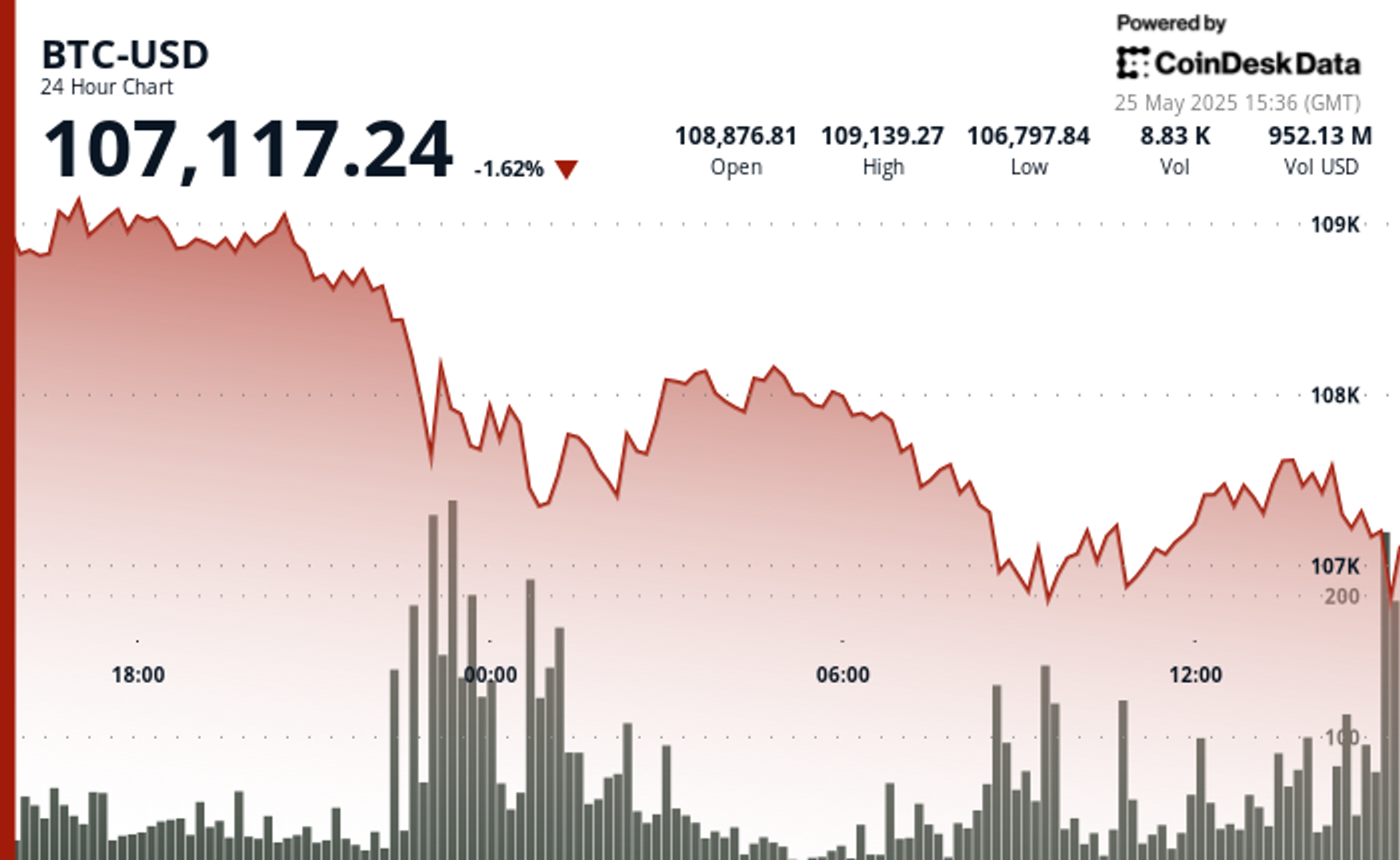Uncategorized
Bitcoin in Bhutan: Charting Its Own Course of Economic Development

As nations explore the implications of digital currencies, Bitcoin is becoming part of national strategies. El Salvador made headlines as the first country to adopt Bitcoin as legal tender, while the United States is considering a national Bitcoin reserve. Even China, despite its cautious stance on cryptocurrency, has embraced blockchain technology to support its digital yuan. Amid these changes, Bhutan stands out — not by following global trends, but by charting its own path.
Nestled in the Himalayas between China and India, Bhutan has long defied conventional economic models. Instead of prioritizing Gross Domestic Product (GDP), the country measures success using Gross National Happiness (GNH), focusing on the well-being of its citizens. Under the leadership of King Jigme Khesar Namgyel Wangchuck, Bhutan is now integrating blockchain and Bitcoin into its vision for sustainable development. Projects like the creation of a «Mindfulness City» in Gelephu highlight Bhutan’s approach to merging technology, culture, and sustainability.
I have been fortunate to visit Bhutan twice in recent years, and from the moment I first arrived, I felt an unshakable connection to the country. During my visit to Bhutan’s tech park in Thimphu, I engaged in several conversations about the “Mindfulness City” initiative and learned about bitcoin mining in Bhutan. While the country has been discreet about its Bitcoin mining operations, its growing interest in the field is undeniable. Bhutan is not only preserving its rich traditions but also boldly embracing emerging technologies as tools to advance its unique development philosophy.
Bitcoin Mining: A Quiet Revolution in the Himalayas
Druk Holding and Investments (DHI), Bhutan’s investment arm, and Green Digital Limited (GDL) began Bitcoin mining when prices were around $5,000. Today, Bhutan’s Bitcoin reserves exceed $1 billion, making it one of the largest sovereign holders of digital assets, according to Bitwise Europe. As of 2023, these holdings represent approximately 34.48% of the country’s $2.9 billion GDP, according to World Bank data. This reflects Bhutan’s strategic use of cryptocurrency as an economic asset.
Bhutan is expanding its mining infrastructure through a phased development pipeline with Bitdeer Technologies Group. The first phase, with a capacity of 100 megawatts, is already operational. A second phase aims to add 500 megawatts by mid-2025. The project is powered by Bhutan’s abundant hydropower resources, ensuring mining is both sustainable and efficient. The $500 million fund established in May 2023 with Bitdeer underscores Bhutan’s focus on attracting foreign direct investment (FDI) and strengthening its position in the global Bitcoin mining landscape.
The construction of a 100-megawatt crypto-mining data center in Gedu was Bhutan’s first large-scale Bitcoin mining venture. It uses the country’s hydroelectric power to mine bitcoin in an environmentally responsible way. The facility currently houses 30,000 mining machines, which likely produce three to five bitcoins daily, generating daily revenue of $317,400 to $529,000 at today’s prices. This strategic approach allows Bhutan to generate steady income from bitcoin mining while mitigating market volatility. The project also creates local jobs, contributing to the country’s broader economic transformation.
Mindfulness City: A Blueprint for the Future
The «Mindfulness City» in Gelephu is less a traditional city and more a transformative development project aimed at fulfilling Bhutan’s long-term vision. In his National Day speech on December 17, King Jigme Khesar Namgyel Wangchuck, highlighted the project’s goal to create opportunities for Bhutanese youth, encouraging them to remain in the country rather than seek opportunities abroad. «Balancing economic growth with the preservation of Bhutan’s natural beauty, culture, and values is crucial,» the King stated.

Covering over 2,500 km², Mindfulness City is designed to integrate sustainable development with modern technologies, including blockchain and artificial intelligence. Gelephu’s location, at the crossroads of South Asia and Southeast Asia, makes it a strategic hub for economic activity. As a Special Administrative Region (SAR), the city aims to attract both domestic and international investment with a business-friendly environment.
The project will focus on seven key sectors: agritech, finance, education, green energy, health, high-tech, and spirituality. By diversifying its economy, Bhutan seeks to combine technological progress with its cultural values. A recent development within this framework is the application by Matrixport, a global crypto financial services company, for a Financial Services Permission License to operate in Mindfulness City. Matrixport is the first company to apply under the city’s new regulatory framework for financial services and virtual assets. This move highlights Bhutan’s interest in building a regulated environment for digital assets and blockchain, reinforcing its strategy to attract global players while maintaining its commitment to sustainable and culturally mindful development.
Happiness as an Economic Paradigm
Bhutan’s focus on happiness challenges traditional economic models. The GNH framework, introduced in the 1970s, measures national success through health, education, community vitality, and environmental stewardship. This holistic approach complements blockchain’s potential to create fairer, more transparent systems.
Blockchain technology can support Bhutan’s GNH goals by enhancing accountability in public projects and ensuring the fair distribution of resources. For example, Bhutan repurposed its “Education City” into a Bitcoin mining hub, illustrating how technology can meet local needs while contributing to global innovation.
Bhutan’s experience demonstrates how small nations can leverage their strengths to lead in emerging technologies. With a population of just 700,000, Bhutan can quickly implement policies and adapt to changes. The country’s use of hydropower for Bitcoin mining sets a global example of environmentally responsible practices in the cryptocurrency industry. This approach reduces mining’s carbon footprint while aligning with Bhutan’s commitment to environmental preservation.
As Bhutan advances its development strategy, the King’s vision offers a clear path forward, blending tradition with modernity. The «Mindfulness City» represents Bhutan’s goal to create a thriving society where technology serves the nation’s people and its unique cultural values.
For the global community, Bhutan’s adoption of blockchain and Bitcoin presents an alternative view of success — one that prioritizes well-being over profit. In a world of rapid technological change, Bhutan shows how technology can promote sustainable growth while preserving cultural identity. This innovative approach proves that even small nations can lead by example, demonstrating how technology can benefit humanity rather than divide it.
Uncategorized
Ethereum Surges After Holding $2,477, Fueled by Very Heavy Trading Volume

Global economic tensions and trade disputes continue to influence cryptocurrency markets, with ETH showing resilience despite broader market uncertainty.
The second-largest cryptocurrency is currently navigating a critical technical zone between $2,500-$2,530, which analysts identify as immediate resistance that must be overcome for continued upward movement.
Institutional interest remains strong, with spot Ethereum ETFs recording consecutive days of positive inflows, signaling growing confidence from larger investors despite the recent volatility.
Technical Analysis Highlights
- 24-hour ETH price action revealed a substantial 3.5% range ($99.85).
- Sharp sell-off during midnight hour saw price plummet to $2,477.40, establishing a key support zone.
- Extraordinary volume (291,395 units, nearly 3x average) confirmed the significance of the support level.
- Buyers stepped in at the $2,467-$2,480 support band, confirmed by high-volume accumulation during the 08:00-09:00 period.
- Recent price action shows bullish momentum with ETH reclaiming the $2,515 level.
- Potential higher low pattern suggests the correction may have found its bottom.
- $2,520-$2,530 area remains the immediate resistance to overcome for continued upward movement.
- Significant bullish surge at 13:35 saw price jump from $2,515.85 to $2,521.79, accompanied by exceptional volume (5,839 units).
- Sharp reversal occurred at 14:00, with price dropping 5.07 points to $2,508.02 on heavy volume (4,043 units).
- Hourly range of 14.46 points ($2,508.02-$2,522.48) demonstrates market indecision.
External References
- «Ethereum Holds Above Key Prices – Data Points To $2,900 Level As Bullish Trigger«, NewsBTC, published May 24, 2025.
- «Ethereum Forms Inverse H&S – Bulls Eye Breakout Above $2,700 Level«, Bitcoinist, published May 25, 2025.
- «Ethereum Price Analysis: Is ETH Primed for a ‘Healthy’ Correction?«, CryptoPotato, published May 25, 2025.
Uncategorized
XRP Plunges Below $2.30 Amid Heavy Selling Pressure

Global economic tensions are weighing heavily on cryptocurrency markets as XRP experiences a significant correction amid heavy selling pressure.
The recent announcement of potential 50% tariffs on European Union imports by the US government has triggered widespread market uncertainty, with XRP falling alongside most major cryptocurrencies despite Bitcoin recently reaching new all-time highs.
Technical analysts point to critical support at the $2.25-$2.26 range, with market watchers warning that a break below this level could trigger deeper corrections toward the $1.55-$1.90 zone.
Meanwhile, institutional interest remains strong with Volatility Shares launching an XRP futures ETF and leveraged ETF inflows surging despite the price dip, suggesting Wall Street continues accumulating positions during market weakness.
Technical Analysis Highlights
- XRP underwent a notable 3.46% correction over the 24-hour period, with price declining from $2.361 to $2.303, creating an overall range of $0.084 (3.57%).
- The most significant price action occurred during the midnight hour (00:00), when XRP plummeted to $2.297 on exceptionally high volume (37.1M), establishing a strong volume-based support zone.
- A secondary sell-off at 08:00 saw price touch the period low of $2.280 with the highest volume spike (39.9M), confirming a double-bottom formation.
- In the last hour, XRP experienced significant volatility with a recovery attempt following the earlier correction.
- After reaching a low of $2.297 at 13:11, price formed a base around $2.298 before staging a substantial rally beginning at 13:27, peaking at $2.307 at 13:36-13:39 with exceptionally high volume (627K-480K).
- This bullish momentum created a clear resistance zone at $2.307, which was tested multiple times.
- The final 15 minutes saw profit-taking pressure emerge, with price retracing to $2.300, establishing a short-term support level that aligns with the psychological $2.30 threshold.
External References
- «XRP Price Watch: Consolidation or Collapse? Market Holds Breath Near $2.35«, Bitcoin.com News, published May 24, 2025.
- «XRP Price Prediction For May 25«, CoinPedia, published May 25, 2025.
- «XRP Risks Fall To $1.55 If This Support Level Fails – Analyst«, NewsBTC, published May 25, 2025.
Uncategorized
Bitcoin Drops Below $107.5K as Trump Tariff Threat Triggers Crypto Sell-Off

Bitcoin’s recent pullback has established strong volume-based resistance near $108,300, with support forming in the $106,700-$107,000 zone.
The correction accelerated with a notable price surge from $107,373 to $107,671 between 13:06-13:36, followed by a sharp reversal.
Technical analysis suggests Bitcoin is now trading within a compression zone, trapped between two major fair value gaps that will determine the upcoming market direction.
If bulls reclaim the $109K to $110K area, price could push toward resistance beyond $112K, while a break below $107,000 might test liquidity around $106K.
Technical Analysis Breakdown
- The decline accelerated during the 22:00-23:00 hour on May 24th with exceptionally high volume (16,335 BTC), establishing a strong volume-based resistance near $108,300.
- Support has formed in the $106,700-$107,000 zone where buyers emerged during the 09:00-10:00 period on May 25th, though recovery attempts have been modest with price consolidating around $107,500.
- The overall technical structure suggests a short-term bearish trend with potential for further consolidation before directional clarity emerges.
- Bitcoin experienced significant volatility with a notable price surge from $107,373 to $107,671 between 13:06-13:36, followed by a sharp reversal that saw prices decline to $107,393 by 14:00.
- The most substantial price movement occurred during the 13:35 minute candle where BTC jumped nearly $150 with exceptionally high volume (148.76 BTC), establishing temporary resistance around $107,630.
- Support formed near $107,400 where buyers emerged during the final minutes of the period, though the overall technical structure suggests continued consolidation within the broader correction from the $109,239 high.
External References
- «Bitcoin Price Prediction for May 25: Will Bulls Defend $108K or Is a Deeper Drop Ahead?«, Coin Edition, published May 24, 2025.
- «Why is Bitcoin Price Dropping Now? Will BTC Price Go Down to $100K?«, CoinPedia, published May 24, 2025.
- «Bitcoin Price Analysis: BTC Displays Signs of Weakness Following New All-Time High«, CryptoPotato, published May 25, 2025.
-

 Fashion7 месяцев ago
Fashion7 месяцев agoThese \’90s fashion trends are making a comeback in 2017
-

 Entertainment7 месяцев ago
Entertainment7 месяцев agoThe final 6 \’Game of Thrones\’ episodes might feel like a full season
-

 Fashion7 месяцев ago
Fashion7 месяцев agoAccording to Dior Couture, this taboo fashion accessory is back
-

 Entertainment7 месяцев ago
Entertainment7 месяцев agoThe old and New Edition cast comes together to perform
-

 Business7 месяцев ago
Business7 месяцев agoUber and Lyft are finally available in all of New York State
-

 Sports7 месяцев ago
Sports7 месяцев agoPhillies\’ Aaron Altherr makes mind-boggling barehanded play
-

 Entertainment7 месяцев ago
Entertainment7 месяцев ago\’Better Call Saul\’ has been renewed for a fourth season
-

 Sports7 месяцев ago
Sports7 месяцев agoSteph Curry finally got the contract he deserves from the Warriors





